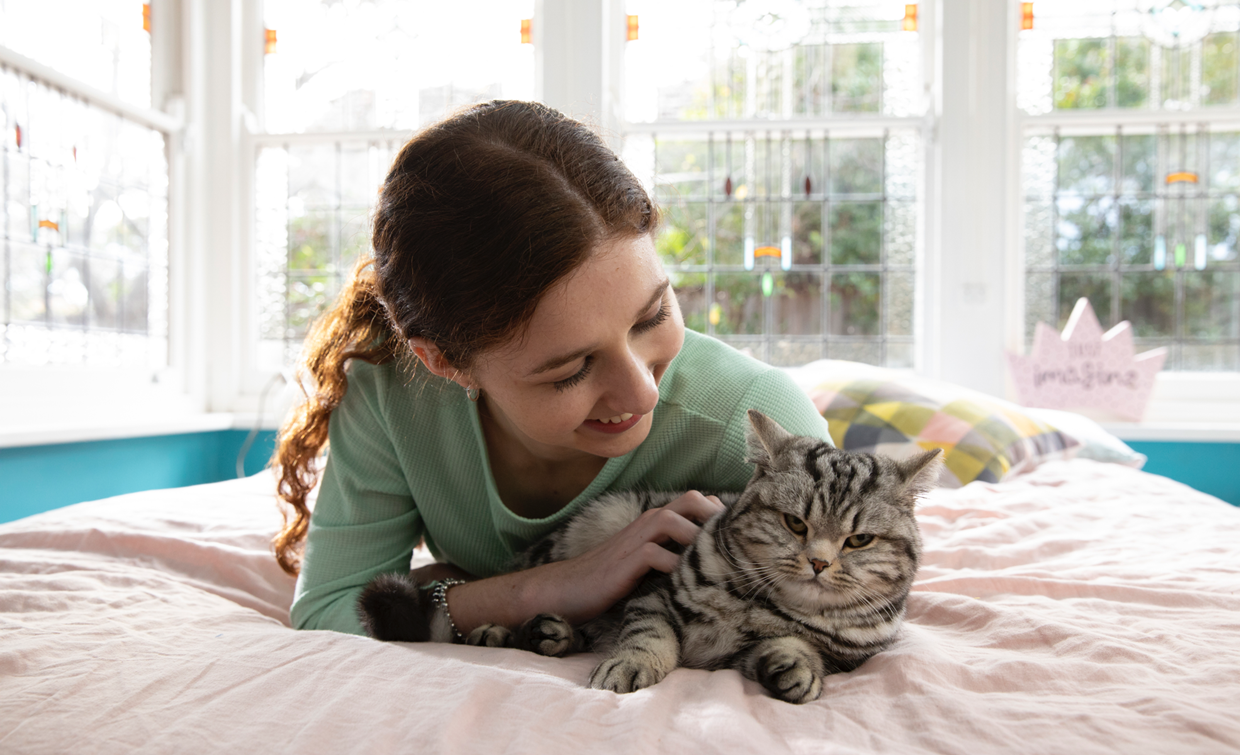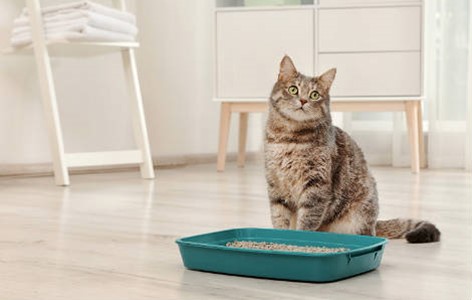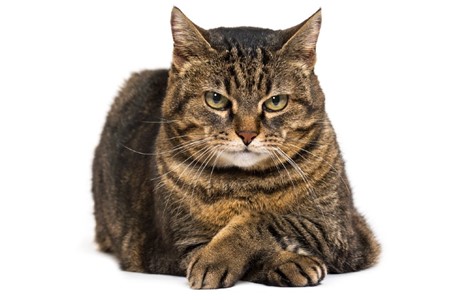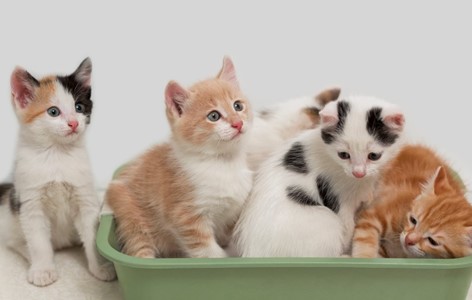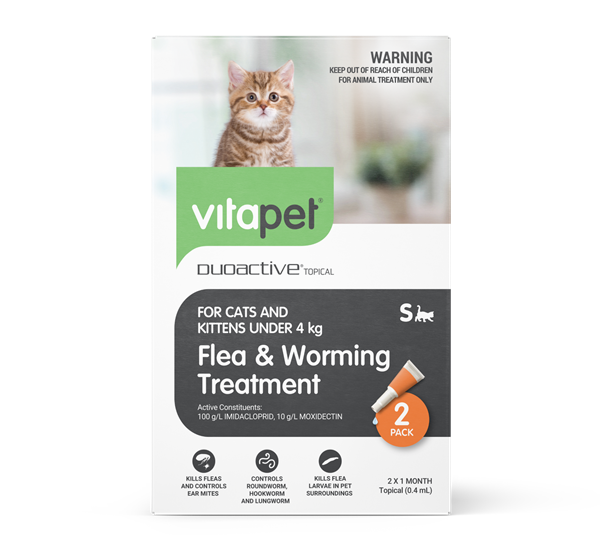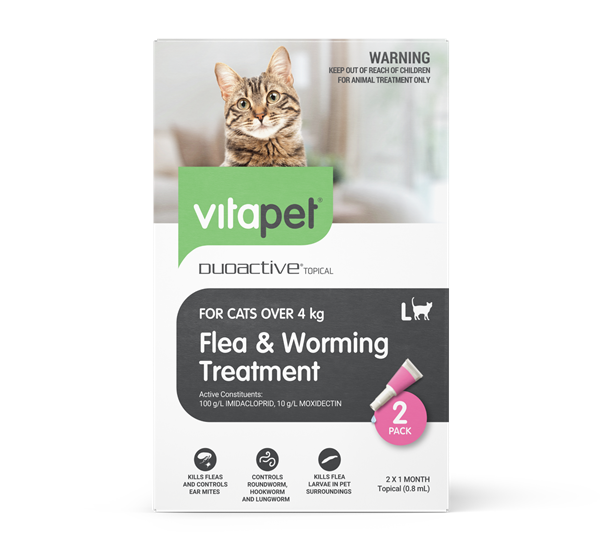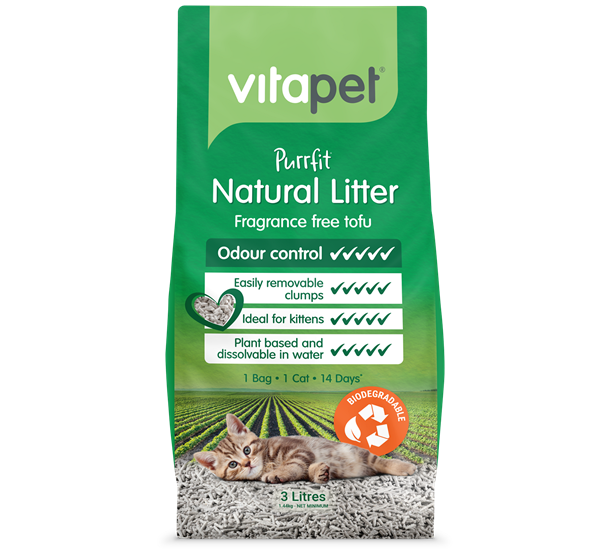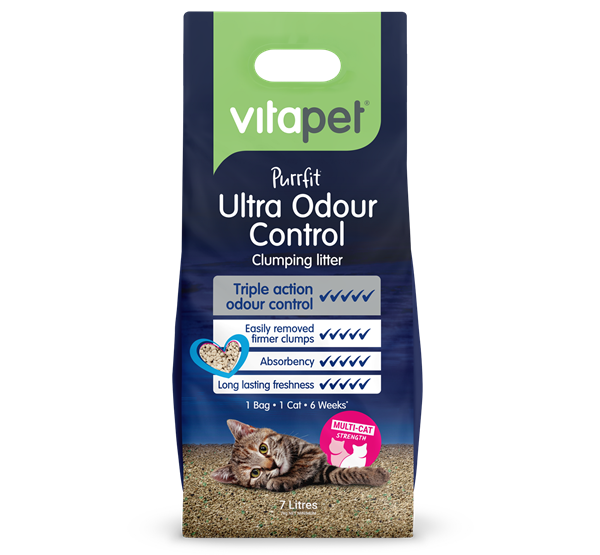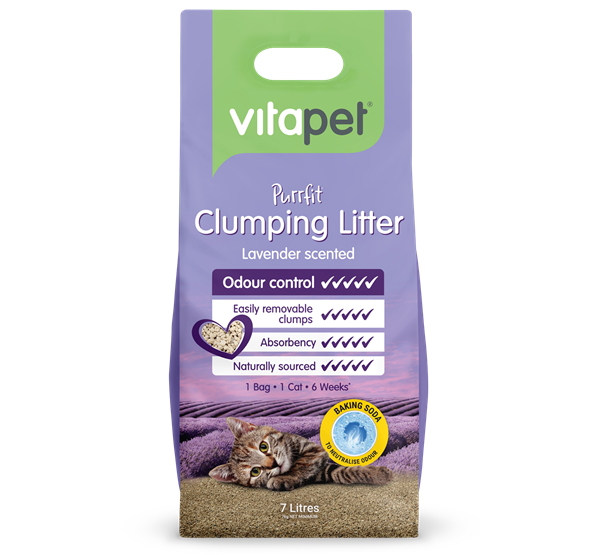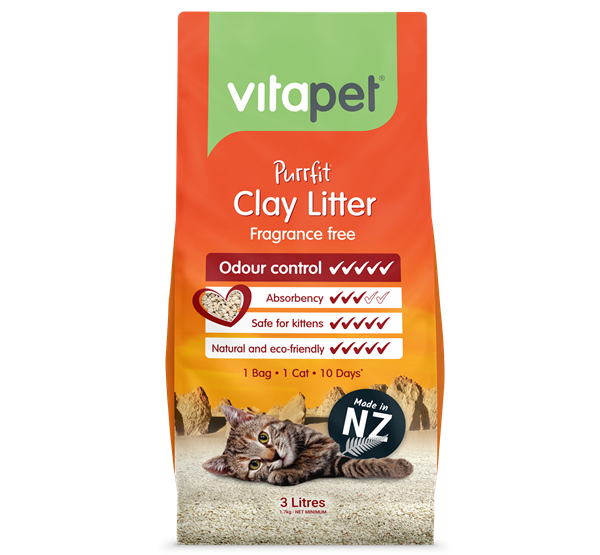Choosing the right kitty litter helps eliminate unpleasant odours and unwanted ‘accidents’.
One of the advantages of owning cats rather than dogs has been that they generally look after their own toileting needs. In the wild, cats naturally excrete in soft or sandy soil for easy burial. Pet cats today, however, don’t always have that option. More people live in apartments where it is difficult or impossible for the cat to get outside when it needs to toilet, certain breeds of cats are better kept inside, and in some areas cats need to be kept indoors for their own safety.
Unfavourable conditions such as the presence of bullying neighbourhood toms can predispose more nervous felines to bladder problems from stress or unwillingness to toilet outdoors. And in areas of high rainfall, more precocious cats simply won’t go outside if their fur coat is likely to get a soaking. In these circumstances, a litter box is a necessity. But even for cats that are generally happy to use the garden, a litter box in a quiet location can be useful for those ‘just in case’ moments, such as when they accidentally get left inside.
Some cats are fussier than others, so the initial acceptance period may involve some trial and error.
Cats generally use their paws in a backward, sweeping motion to cover their faeces. To stimulate this instinctive desire, the base of your cat’s litter box should typically be filled with approximately 2.5cm or more of cat litter. Some cats may not cover their waste, which is normal behaviour. The litter box also needs to be large enough so the cat can easily get into it, use its paws to scratch a small hole, and then jump out without stepping in its own waste. For cats that are prone to stress or inappropriate elimination (in the bath, behind the sofa or, in fact, anywhere in the house other than their litter tray), you will need to provide a litter tray per cat plus one extra – as anxious cats are often reluctant to follow the rule that “sharing is caring”.
Once you have a tray of the right size, you need to decide what litter to fill it with. What you choose depends on what you and your cats want. Cat litters are categorised by their absorbency, how well they control odours and whether they track (on your cats’ paws). With clumping litters, it’s easy to scoop out the waste each day and dispose of it, whilst crystal litters are particularly good at absorbing odours. Some cats are fussier than others, so the initial acceptance period may involve some trial and error. Your local retail store may offer samples to try while you are sorting out the right litter for your cat. Cats are naturally clean creatures that are very sensitive to smell, and they don’t like to use a soiled litter tray. So fFor the system to work well, you need to remove the soiled litter once or twice a day, and clean the tray and fully replace the litter once a week.
Occasionally, something may go wrong and your cat will refuse to use its litter tray. Check to make sure it is not dirty, and experiment with different litters. Make sure access is not being blocked by a dominant feline in the house, or that the cat can’t relax and use the tray because it feels uncomfortable or unsafe. The problem could be medical and require a visit to your vet. Issues such as diabetes, cystitis (painful bladder inflammation), bladder stones, or a partial urethral blockage can also cause a cat to stop using the litter box.

